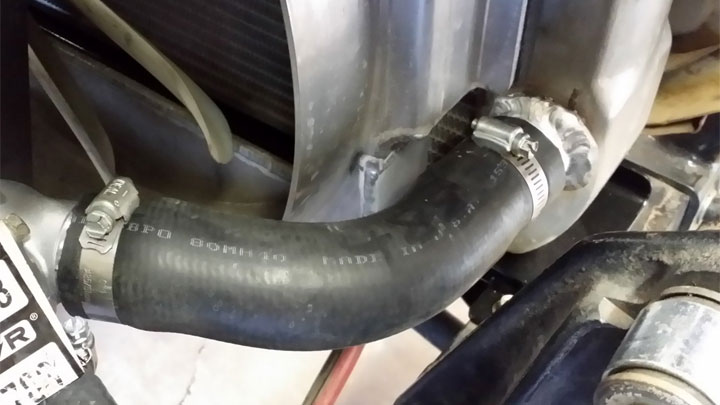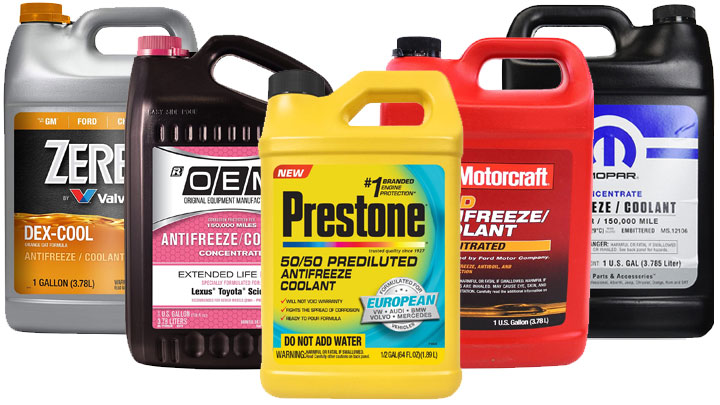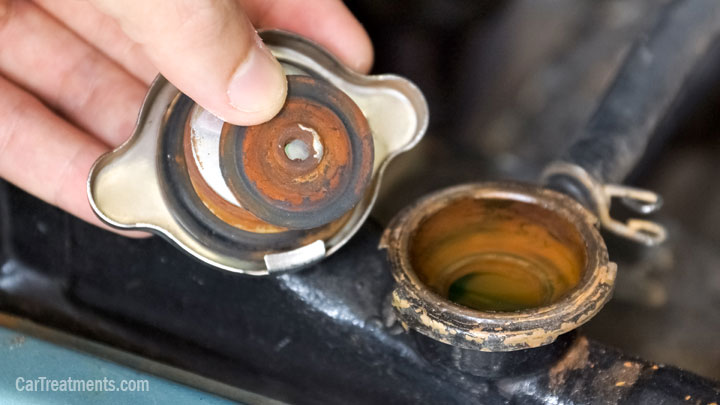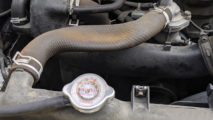Last Updated on October 12, 2021
If you are having cooling system problems with your car, truck, or SUV, such as intermittent or continuous elevated engine temperature, the presence of a cold lower radiator hose may help in the diagnosis of the problem.
This can be true because a cold lower hose is an indicator that coolant (antifreeze) is not properly flowing through the radiator.
Under normal circumstances, a cold lower hose will only be present when you first start the car with a cold engine. Once the engine warms up (after about 5 miles of driving in summer), coolant flow will begin and will heat the upper hose and the radiator.
During its time flowing through the radiator, the coolant will transfer most of its heat to the outside air. But not all of it. So the lower hose will also get warm but not nearly as hot as the upper hose. Other conditions can also lead to intermittent or continuous overheating.
What is the Purpose of a Lower Radiator Hose?
The radiator’s primary function is to transfer the heat generated by the engine to the outside air. To do this, the engine (when running) circulates its coolant through the radiator.
Hot coolant from the engine enters the radiator via the upper hose. The purpose of the lower hose is to convey the cooled antifreeze back to the engine.
What Does the Lower Radiator Hose Connect To?
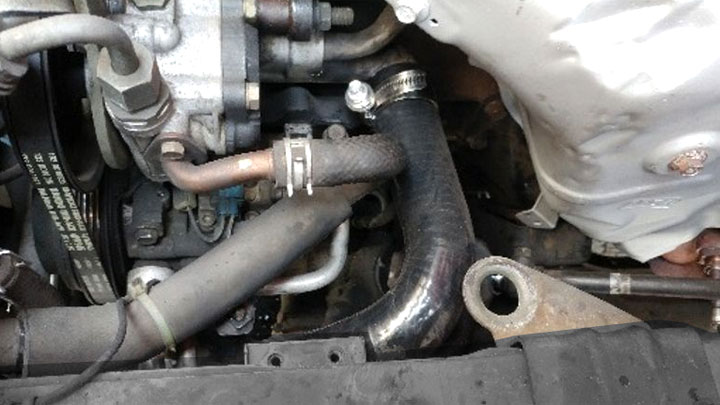
Of course, one end of the lower hose is connected to the radiator. The other end is routed back to the water pump.
The hose may connect directly to this pump or it may connect to a coolant passage on the engine that will carry the coolant to the inlet of the water pump.
Why is the Lower Hose Larger than the Upper Hose?
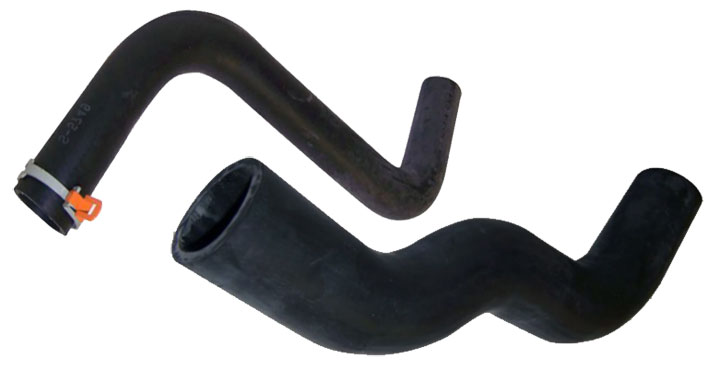
As mentioned above, the lower hose conveys the antifreeze to the inlet of the water pump. This pump is a centrifugal type. This type of pump requires positive pressure at its inlet to function properly.
At high flow rates, this pressure could be excessively reduced due to the flow restriction that might occur with a small diameter lower hose. Hence car manufacturers furnish a large hose to minimize the pressure drop at high flow rates. This helps ensure the pump will function properly.
Reasons for a Cold Lower Radiator Hose
In all cases where a cold lower hose is evident, the antifreeze will for some reason be either partially or completely restricted from circulating through the radiator. Each of the following cooling system problems could cause such a restriction of flow:
#1 – Inoperative Thermostat
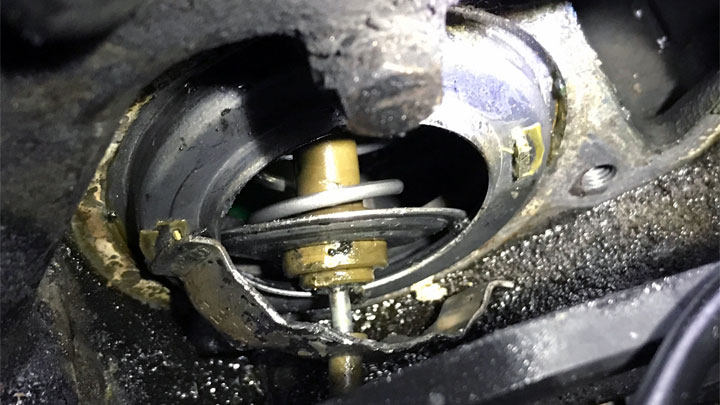
The thermostat fails to open or will only partially open when the engine gets warm. Coolant cannot properly circulate if the thermostat will not fully open. Thermostat replacement will be required.
#2 – Failed Water Pump
Several failure modes for the water pump can result in reduced or zero antifreeze flow through the pump. Water pump replacement will be required.
#3 – Loose or Slipping Water Pump Belt
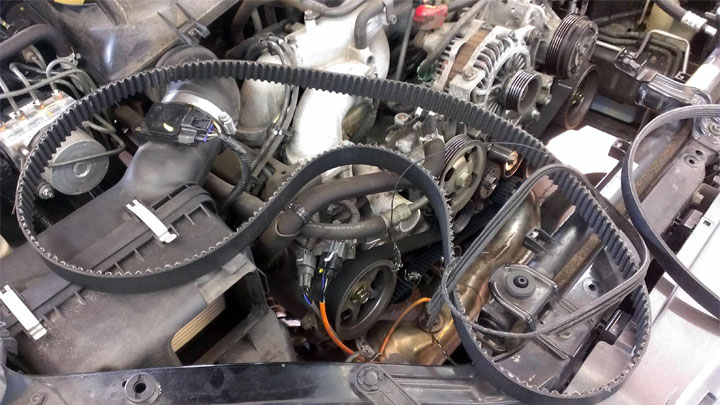
The water pump will not run at full speed. Thus its flow rate is reduced. Check and replace all worn belts. If the belts are not worn, adjust them for proper tension.
#4 – Clogged Radiator
The passages in a radiator are quite small and with time, can become plugged by sludge in the antifreeze. A cool lower radiator hose is a common symptom of a clogged or faulty radiator.
The radiator may require replacement but in some cases, it can be drained, flushed and new coolant installed.
Note: Cooling system sludge buildup can be mitigated by periodic flushing of the complete cooling system and installing new coolant. See your owner’s manual for requirements in this regard.
#5 – Collapsed or Clogged Hose(s)
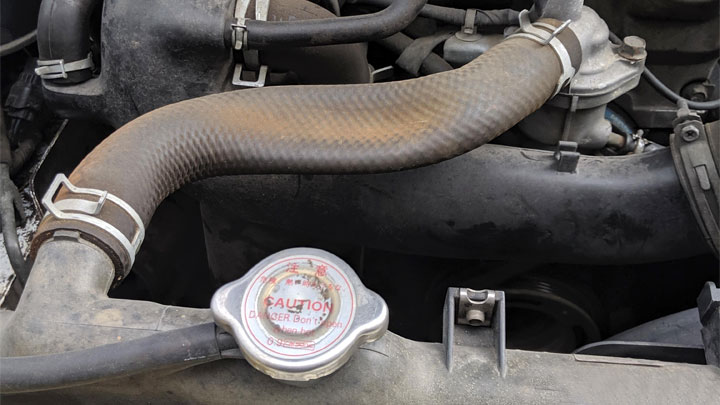
Either or both radiator hoses may be collapsing during engine operation or may be clogged. Diagnosing the source of this problem will be required.
Hoses blocked with sludge will necessitate a complete cooling system drain, flush and new coolant. Old degraded hoses will need to be replaced.
#6 – Excess Air in the Cooling System
This condition can allow an air pocket to form at the water pump such that it will not circulate the coolant. Excess air may be present due to improper system bleeding after new coolant has been installed. Or there may have been a loss of coolant due to a leak.
#7 – Low Coolant Level

Low coolant can permit an air pocket to form at the water pump such that it will not circulate the coolant. Insufficient coolant will have been caused by a leak often due to a faulty radiator cap or crack in the overflow tank.
The leak must be found and corrected and the coolant level restored.
Related: Loosing Coolant But No Visible Leaks?

